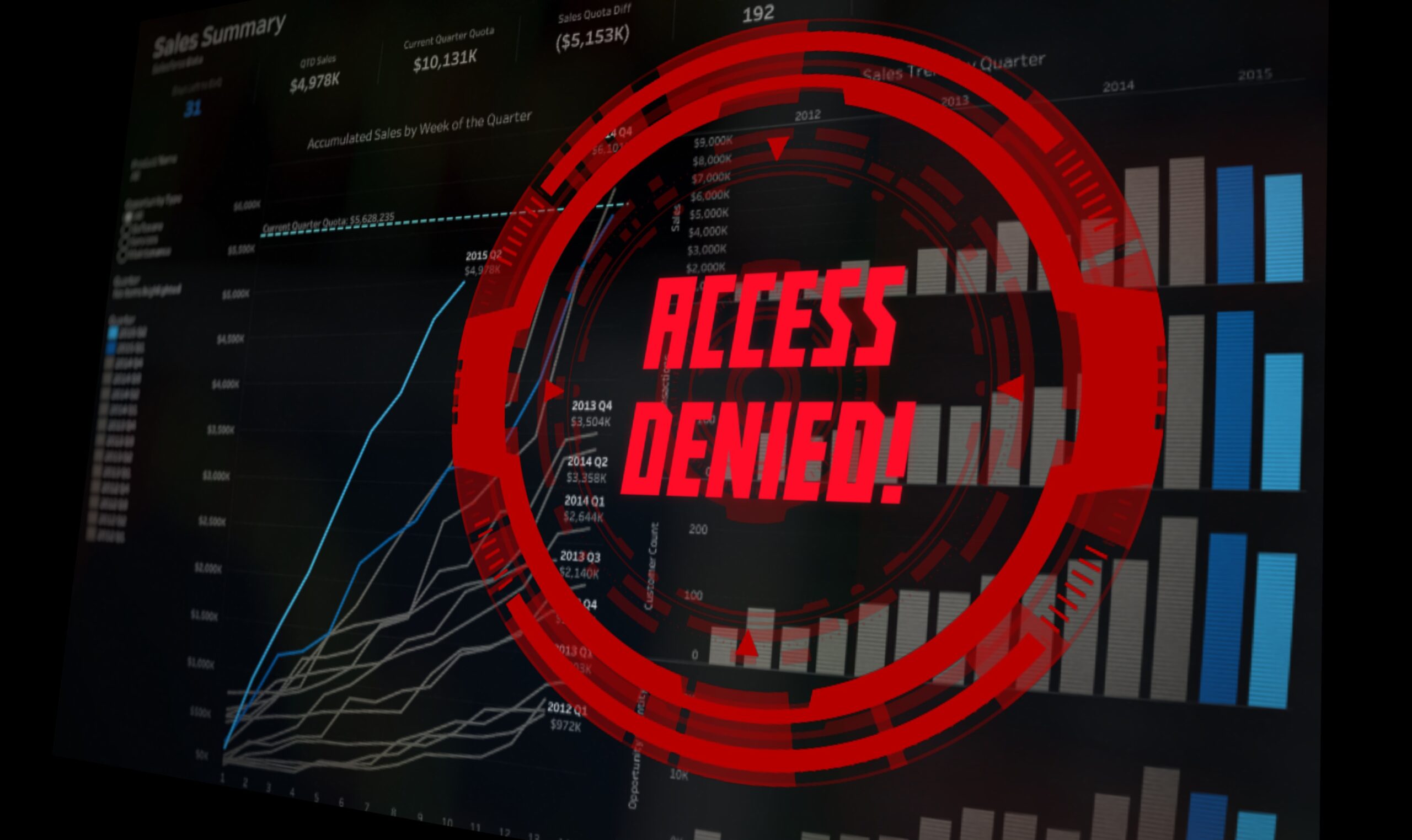Government plan pledges use of common standards and development of new identity platform
Credit: Adobe Stock
A new digital strategy for Scotland has promised “ambitious reform” of government services.
The Scottish Government’s Digital Directorate has today published A changing nation: how Scotland will thrive in a digital world, a 111-page document setting out ambitions for government and the education’s sector use of tech, as well as promoting the digital sector, improving the use of data across public services and the national economy, and ensuring vulnerable citizens are not left behind by technological advancement.
The strategy is divided into three parts covering, respectively: people and places; the digital economy; and digital government.
The latter section makes a number of commitments, including the creation of a digital identity platform.
“We will develop and establish a trusted and secure service for users to prove who they are, and that they are eligible for a service,” the plan said. “Users will be able to store their information and choose to share it when applying to public services.”
The strategy also pledges to transform a wide range of government services, and work more cohesively across organisational boundaries in government and beyond.
Related content
- Scotland outperforming rest of UK on digital public services, report finds
- Scottish Government puts £12m funding into digital
- Scotland backs cyber skills push
“We will set out new and ambitious reform programmes for key areas of government, including health and social care, learning, justice, planning, schools and agriculture and the rural economy,” it said. “Recognising that delivery processes, and the user experience, often cross traditional departmental boundaries, much of this work will require the breaking down of those traditional barriers.”
It added: “These services and transformations in each priority area, a partnership of Scottish Government, local authorities, and other key stakeholders will work together to set out new, greener ways of working to help deliver a net-zero society, that are centred around the people who use our services to improve their wellbeing, and ensure it is easier to deal online with all levels of government.”
Considerations of inclusivity and accessibility will be foremost in the design and delivery of services, the Scottish Government said.
“We will make design decisions through the lenses of inclusion and offer clearly signposted alternative ways of accessing services for those who cannot, or do not want to, use digital routes,” the strategy added. “This will include the development of tools, processes and approaches that will allow identity to be established in a secure and sympathetic way for the digitally excluded. We will ensure that face-to-face services continue to be provided when they are necessary and enhanced, where possible, by technologies that support staff with local decision making and service delivery.”
The Scottish Government also intends to make its services more secure and resilient. To do so, it will ensure that a “secure-by-design approach is adopted across the supply chain”, the strategy added.
Adherence to the Scottish Approach to Service Design guidelines published two years ago will also be promoted across the public sector. The government itself, meanwhile, will “commit to using common digital and data standards” – with templates and standards made available for use across public services.
Government will also standardise on “common operating platforms for the processes that are common across government”.
The CivTech programme, which allows public bodies to seek new or innovative solutions to defined service or operational problems, will be built on and turned into a permanent Service Innovation Centre.
“It will take public service problems and challenges and support entrepreneurs and small businesses to create, launch and implement digital solutions,” the strategy said. “The backing of the Scottish public sector as a whole will further strengthen Scotland’s reputation for innovation and our competitive position in the international GovTech market.”
Infrastructure and inclusion
The opening ‘People and Place’ section of the document outlines the government’s intention to “recognise that digital and data infrastructure is critical national infrastructure and that this includes far more than physical connections”.
All parts of the country and all citizens should “have access to good-quality connectivity now and in the future”, it added.
A focus will also be placed on improving skills and embedding digital considerations across the breadth of the education and training system. The goal is to “rapidly increase the number of digitally skilled individuals graduating from our universities and colleges each year,” the Scottish Government said.
It also wishes to ensure everyone – irrespective of age – can proceed with confidence “in this new digital word”. The country will “agree on an ethical framework, to define the sort of nation we wish to become,” according to the strategy.
The section of the plan dedicated to the digital economy indicates that the government aims to support “all businesses to be secure digital businesses”, while also increasing their ability to recruit and develop digital skills among their workforce.
“We will develop tools, processes and approaches that will allow identity to be established in a secure and sympathetic way for the digitally excluded, and we will ensure that face-to-face services continue to be provided”
It also intends to ensure that organisations throughout the country – including rural areas and the Scottish islands – can continue “to benefit from changes in the world of work that have been accelerated by the pandemic”.
Scotland wishes to “create the conditions for technology businesses to grow, thrive, create jobs and attract investment” across the country.
This will involve tapping into the “potential of national and local government within Scotland’s digital ecosystem to stimulate and scale innovation in ways that meet public service and environmental challenges at home and abroad”.
In the strategy’s foreword, Scottish Government minister for trade innovation and public finance Ivan McKee said that the pandemic has shown the benefits of digital technology for both work and our personal lives – but also the dangers of digital exclusion.
“It has reminded us all that whilst technology can transform lives for the better, its essential that we ensure that no one is left behind,” he said. “For those of us in government, be that national or local, the crisis has highlighted both the importance of collaboration and the role that data and digital technology can play in enabling this to happen. We have seen just how much can be achieved by working together, as individuals and organisations across traditional boundaries.”



